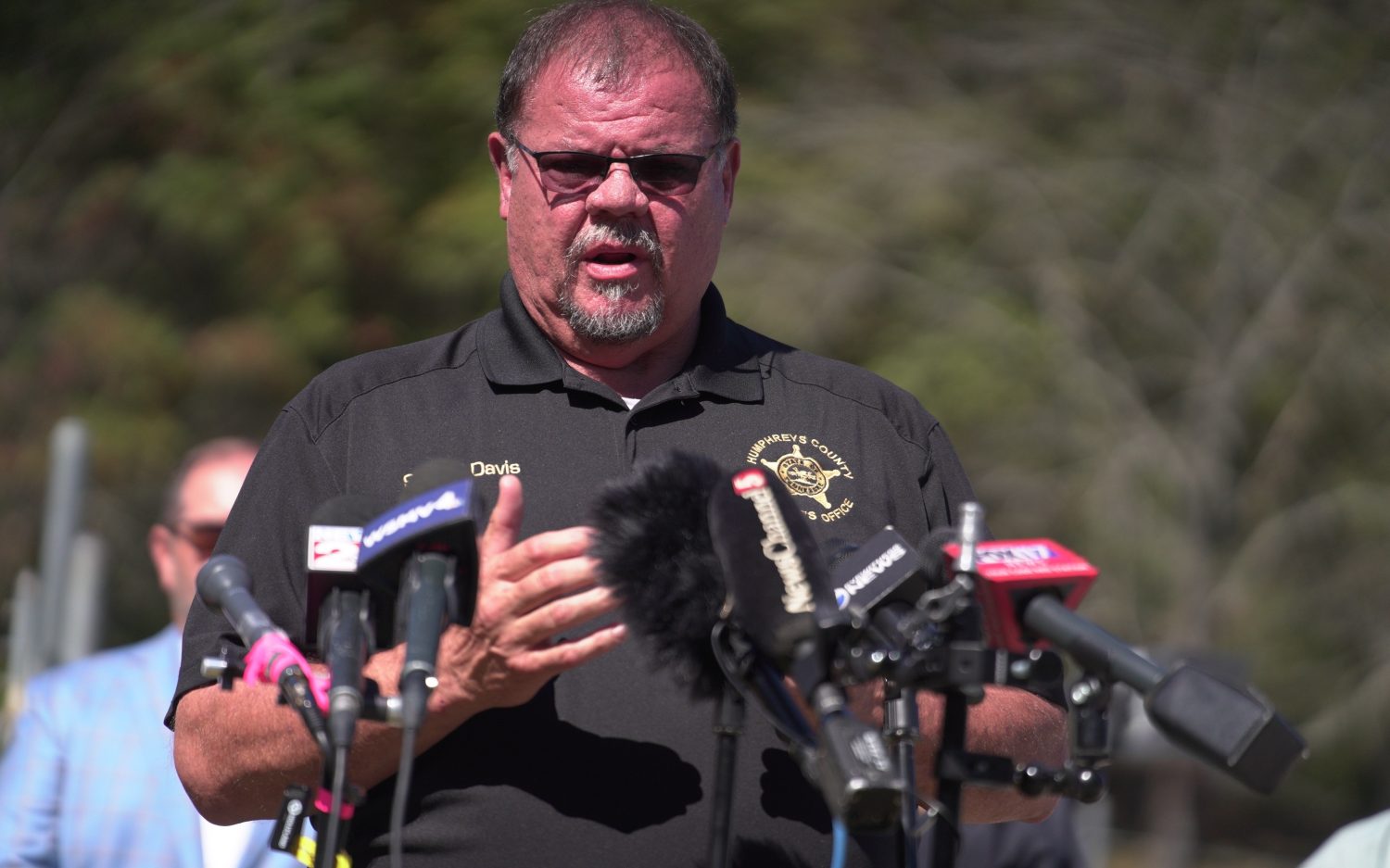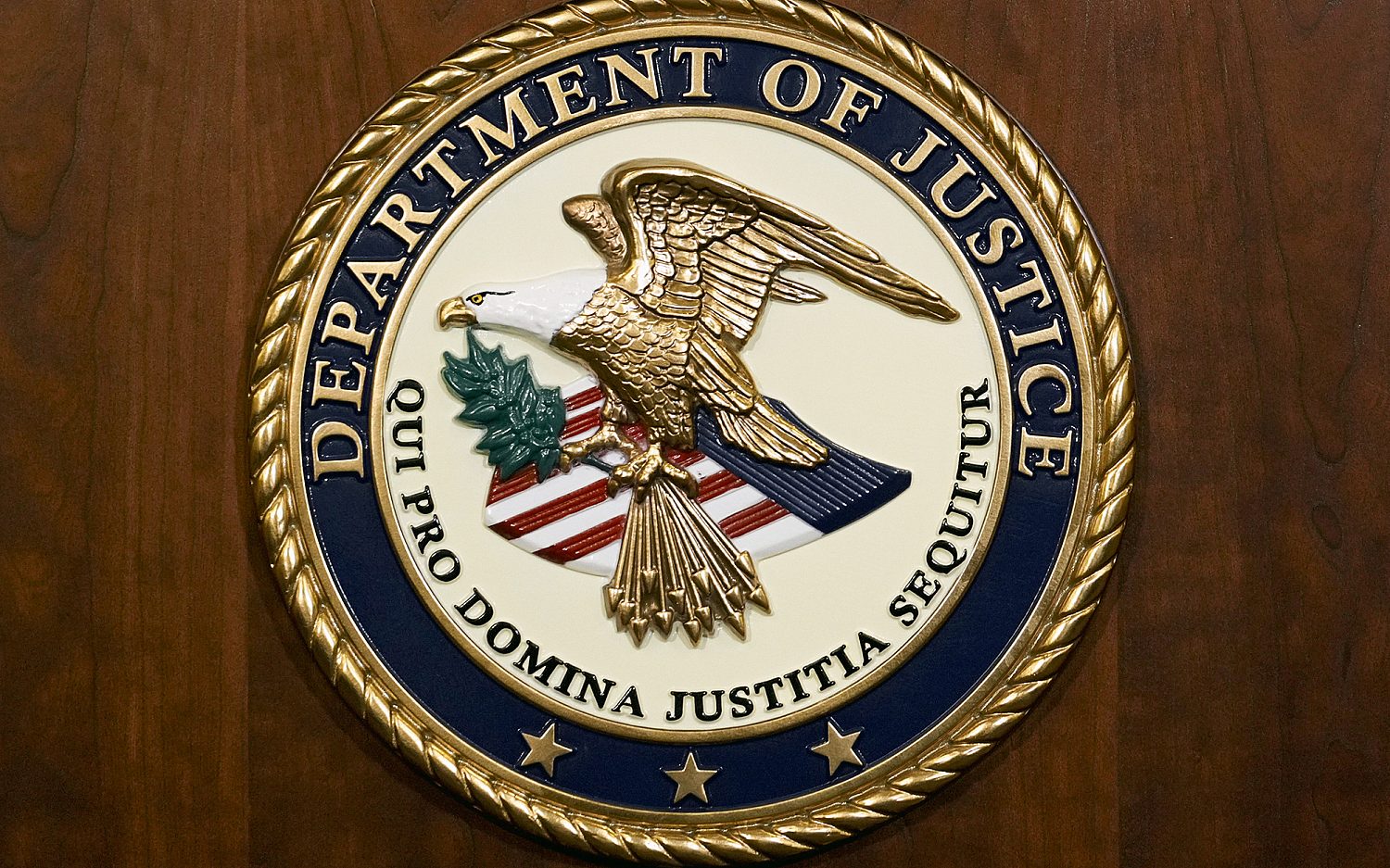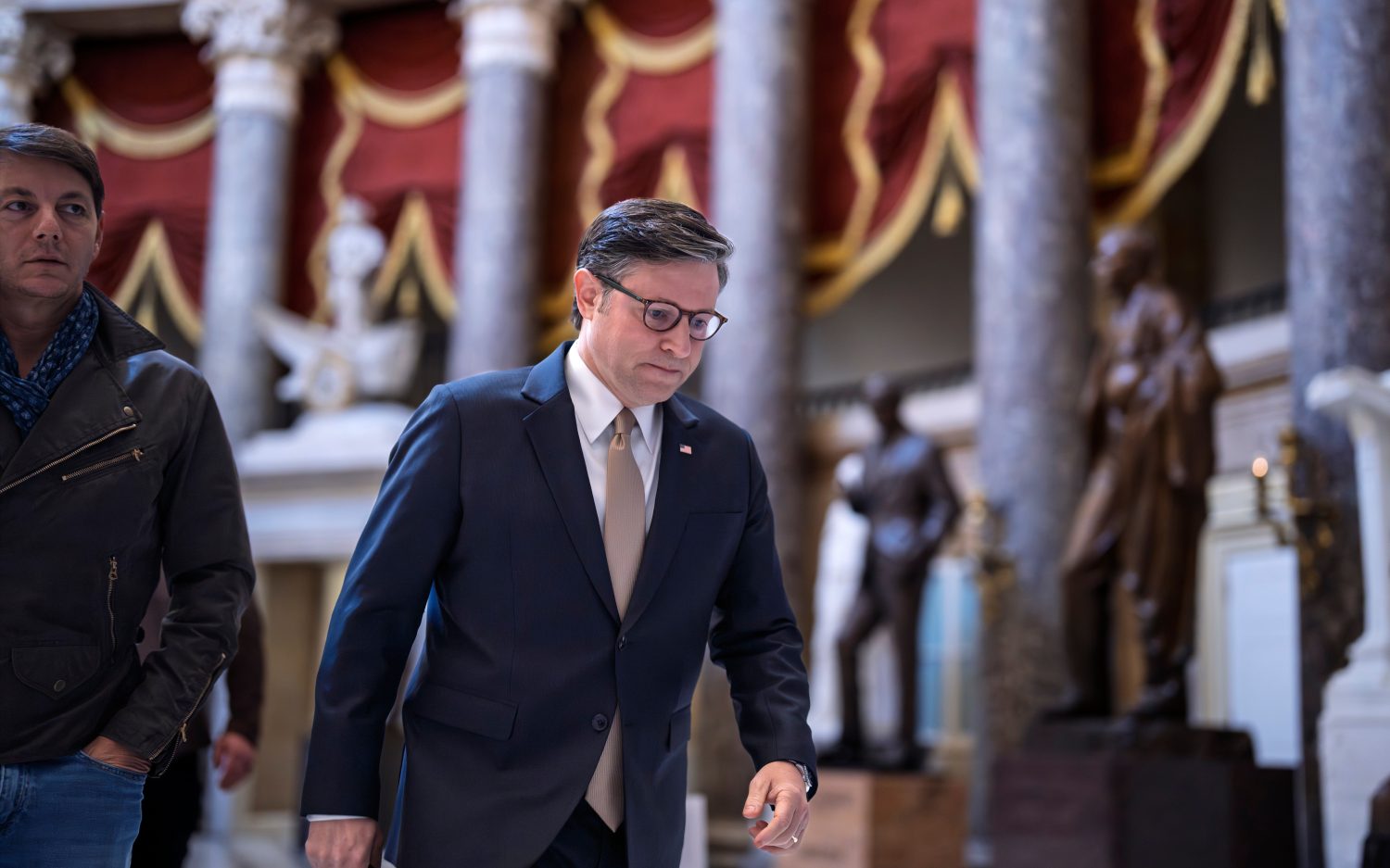Clean water
EPA plan to restore Chesapeake Bay makes progress, but cost concerns remain
One of the biggest water pollution control projects in American history, the plan to restore Chesapeake Bay, is off to a solid start, according to the Environmental Protection Agency. The first phase of pollution control reductions has made significant improvement as part of the plan to clean the environmentally damaged estuary by 2025.
However local officials, farming groups, and homebuilders worry that the plan has overstepped its boundaries, devastating municipal budgets and reducing the amount of available farmland.
"Ultimately we've come together on the federal, state and local levels as never before," EPA administrator Lisa Jackson told governors and District of Columbia
Mayor Vincent Gray at Monday's meeting of the Chesapeake Executive Council. She said that the improvements, particularly sewage plant waste reductions, are a significant milestone.
Jeff Corbin, the EPA's senior adviser on the Chesapeake Bay restoration, delivered the report on cleanup targets established in 2009 for Virginia, West Virginia, Maryland, Delaware, Pennsylvania, New York and the District of Columbia.
While all members of the meeting supported the goal of restoration, some questioned the financial burden that would be placed on the states. "What we all discussed candidly is how this is going to be paid for," said Virginia Gov. Bob McDonnell after a private luncheon with members of the Council. "We don't want to set goals and then set ourselves up for failure."
Virginia has placed the price tag for the cleanup at $7 to $8 billion, although other estimates put the cost at more than $10 billion through 2025. McDonnell said that he is looking to better understand the exact costs that will be carried by state and local governments.
"Otherwise the multi-billion price tag of this very honorable goal will be such that we won't have a plan or we just fall short," he said.
Maryland Gov. Martin O'Malley praised his state for its restoration efforts and urged officials to stick with the cleanup goals. "Cleaning up the bay is expensive," he said. "Letting her die is even more expensive, and we're not going to allow that to happen."
For the past 25 years, Bay states have made efforts to clean up the 64,000-square-mile watershed but made no progress. In 2009, after an executive order by President Obama gave the EPA power over the cleanup, state leaders pledged to make a stronger effort and have all pollution-reduction practices in action by 2025.
The Chesapeake Bay "diet" or total maximum daily load (TMDL) was established by the EPA in December 2010. The TMDL set limits on how much nitrogen, phosphorus, and sediment pollution each state may contribute to the estuary. These pollutants usually come from sources such as fertilizer, animal waste and auto or power plant emissions. The EPA has set milestones for progress and established punishments for states that failed to meet their goals. Each Bay state has also created its own Watershed Implementation Plan (WIP). Virginia's plan significantly reduces pollution from wastewater treatment plants in the James River basin and pollution from storm water runoff in urban areas.
According to the report given at the meeting, Virginia is ahead of or on schedule with many of its measures, such as planting grasses that limit pollution running off farms and restoring wetlands.
Pollution created by the 17 million people who live in the Bay area has damaged the quality of water and some of the Bay's aquatic life. The native oyster has been almost completely wiped out, and the blue crab population is dwindling to dangerous lows.
Last week, the U.S. Department of Agriculture announced that improved farming practices within the watershed have made a positive difference. Deputy Secretary Kathleen Merrigan said that the USDA will provide funding, technical assistance, and guidance to farmers and ranchers in the watershed area. "The USDA is really working to help farmers and ranchers meet that diet and to have their investments in conservation recognized," Merrigan said. "We know scientifically that these conservation practices work."
The EPA plan has faced strong opposition from farming groups, such as the American Farm Bureau Federation, fertilizer producers and homebuilders. The Farm Bureau claims that the EPA has overstepped its boundaries by creating regulatory controls intended for the states under the 1972 Clean Water Act. Don R. Parrish, a spokesman for the Farm Bureau, said that the restoration plan will mean the loss of hundreds of thousands of acres of farmland. The Farm Bureau has filed suit to block the TMDL in court.
Local Virginia officials are also concerned about TMDL, specifically the cost to maintain such standards. Randy Bartlett, deputy public works director for Fairfax County, told the Chesapeake Bay Journal that the county will be facing "scary" costs. He noted that the county has already had to cut teachers, police, and firefighters to meet its budget.
The costs will hit urban areas especially hard since they must pay for upgraded wastewater treatment plants for runoff storm water. Jackson did not address funding at Monday's meeting, but has previously stated that she understands the difficult financial burden faced by the state.
The Associated Press contributed to this report.
Share your thoughts and follow us on Twitter and Facebook today.
An actual newsletter worth subscribing to instead of just a collection of links. —Adam
Sign up to receive The Sift email newsletter each weekday morning for the latest headlines from WORLD’s breaking news team.




Please wait while we load the latest comments...
Comments
Please register, subscribe, or log in to comment on this article.